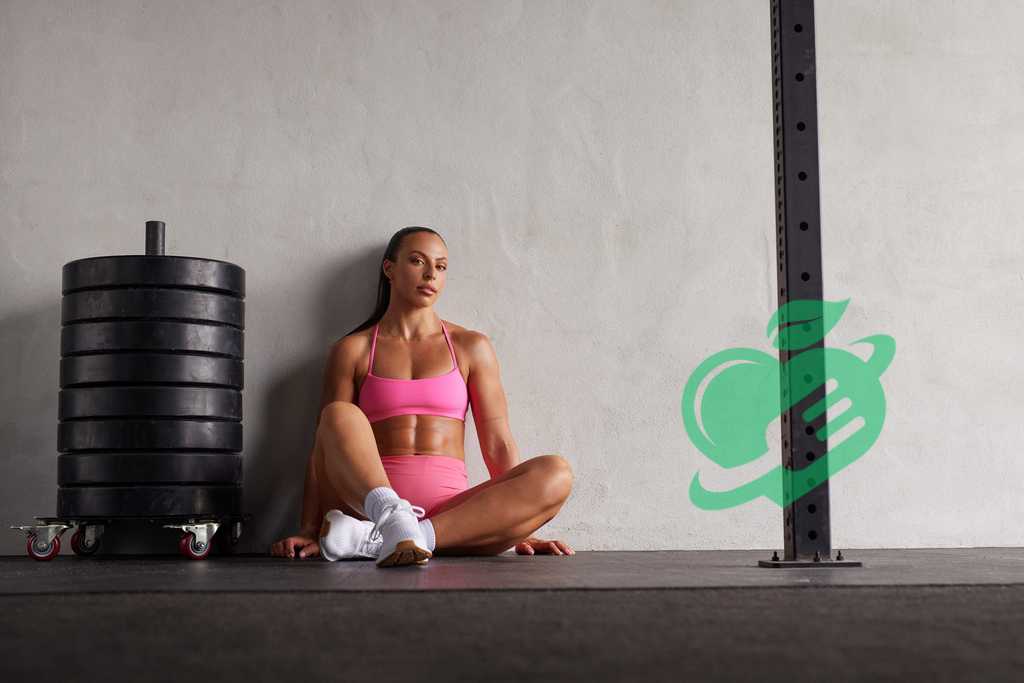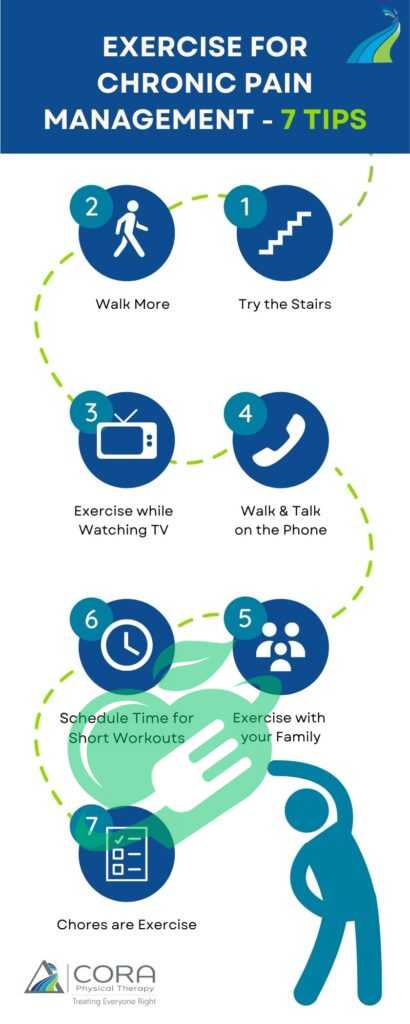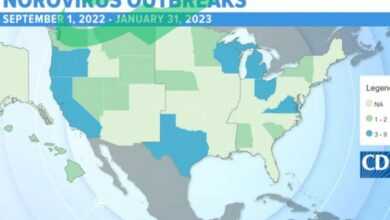
Causes of Post-Exercise Muscle Pain
Post-workout muscle pain can be a real bummer after an intense workout. This discomfort usually happens because of tiny tears in your muscle fibers, which occur when you do exercises your body isn’t used to. A few things that can make this pain worse are:
- How Intense the Workout Is: The harder you push, the more stress your muscles take on.
- Type of Exercise: Activities that stretch your muscles under tension, like eccentric movements, can cause more soreness.
- Getting Used to New Moves: If you dive into new workouts, your muscles might get surprised and react with soreness.
For example, when John switched from running to weightlifting after a month, he felt pretty sore as his muscles adjusted to this new challenge.
Read also: Life After Open Heart Surgery: Tips for a Smooth Recovery

Difference between Acute and Delayed Onset Muscle Soreness (DOMS)
It’s important to know what kind of muscle pain you’ve got for better recovery. There are two main types:
- Acute Muscle Pain: This is the sharp pain you feel during or right after your workout.
- Delayed Onset Muscle Soreness (DOMS): This usually kicks in 24 to 48 hours later and can stick around for a few days, making your muscles feel tender and stiff.
Knowing the difference can help you figure out how to recover better and get back to your fitness routine smoother.
Importance of Warm-Up Exercises
A good warm-up isn’t just something to check off your list; it’s key for getting your muscles and joints ready for what’s coming. Think of it as your workout’s friendly greeting!
Doing a warm-up does a few things:
- It gets your blood pumping to your muscles, which helps deliver oxygen.
- It raises your body temperature for better muscle flexibility.
- It lowers the chance of injuries by prepping your body for tougher activities.
For example, Sarah spends about 10 minutes warming up before her runs, doing dynamic stretches like leg swings and arm circles, which cuts down her post-workout soreness.
Read also: Sarcopenia: Understanding Muscle Loss with Aging.
Hydration and Nutrition for Muscle Pain Post-Workout
Don’t forget about hydration and nutrition—they are super important for recovery. Staying hydrated and eating well are the foundation for helping your muscles bounce back. Here are some tips:
- Drink water before, during, and after your workout to stay hydrated.
- Get some carbs and protein in within a couple of hours after exercising to help your muscles heal.
A quick snack, like a banana with peanut butter, can fuel your workout and kickstart your recovery. By sticking to a good hydration and nutrition plan, you might end up with less intense muscle pain after your workouts.
Post-workout stretching and cool-down exercises for muscle pain
Skipping a cool down after your workout is a missed chance for recovery. Stretching helps your muscles relax and stay flexible. It’s like a cozy hug for your body!
The benefits of cooling down and stretching include:
- Less muscle stiffness and soreness.
- Better blood flow helps your body take in nutrients.
- Greater flexibility over time.
For instance, Jane always takes five minutes to stretch her legs and other major muscle groups after her intense spin class. This little routine helps her soreness the next day.

Benefits of massage and foam rolling to relieve muscle pain after exercise
Adding massage and foam rolling can boost your muscle recovery game. These techniques help ease pain and tension in your muscles.
The benefits are:
- Better blood circulation aids muscle repair.
- Less soreness by spotting trigger points in your muscles.
- A feeling of relaxation, almost like pampering yourself after a tough workout!
Jake loves his foam roller and uses it to relieve tight spots in his back and legs after exercising. This has become crucial for his recovery, making his muscles feel fresh for the next workout.
Read also: Best Build Muscle Supplements You Need to Try Now.
Cryotherapy to relieve inflammation and muscle pain after exercise
After a challenging workout, inflammation can show up, leading to that nasty muscle soreness. Cryotherapy can help. You can effectively cut down swelling and numb pain by using ice packs or even cold chambers.
What cryotherapy includes:
- Reducing inflammation: The cold makes blood vessels shrink, which lessens swelling.
- Numbing pain: Ice numbs the area, giving you relief from that sharp pain.
- Speeding up recovery: By reducing inflammation, your muscles can start healing faster.
For instance, when Mark hurt his calf during a soccer game, he immediately put ice on it for 15-20 minutes. The relief helped him manage the pain until he could get it checked out.
Heat Therapy for Muscular Relaxation
On the flip side, heat therapy is great for relaxing and easing muscle tension. Whether you go for a heating pad or soak in a warm bath, it’s perfect for soothing sore muscles after they’ve stiffened up.
The perks of heat therapy are:
- Better blood circulation since heat opens up blood vessels, aiding in healing.
- Muscle relaxation makes it easier to move by soothing tight muscles.
- Pain relief, especially for chronic discomfort.
Claire loves to unwind in a warm bath after her workouts, often adding Epsom salts for extra relaxation. This simple routine has become her favorite for easing soreness and recharging her energy.
Importance of Rest in Muscle Healing
Even though it might be tempting to keep pushing through soreness, taking rest days is key for healing and performance. Rest lets your muscles recover from the hard work, rebuilding stronger for the next challenge.
Here’s why rest matters:
- Muscle Repair: Rest lets your body fix and build muscle fibers that got worn down during exercise.
- Preventing Injuries: Pushing too hard increases your chances of getting hurt; taking breaks helps avoid this.
- Mental Health: Rest gives your mind a break, keeping you motivated for future workouts.
For example, Tom learned that taking regular rest days helped him lift better and feel more energized. Now he makes the rest of his weekly routine, keeping his workouts fresh and exciting.
Read also: Progressive Overload: The Secret Weapon for Continuous Improvement

Low-impact activities for active recovery from post-workout muscle soreness
Active recovery means you’re still moving but in a chill way, doing low-impact activities that help with blood flow without stressing your muscles. A few options are:
- Walking: A nice stroll can help keep your muscles loose and circulation up.
- Swimming: The water provides gentle resistance, making it perfect for recovery.
- Yoga or Stretching: Great for flexibility while easing tension in your body.
Sarah enjoys her relaxing Sunday yoga sessions, which help her recover from the week’s workouts and also give her some mindfulness time. Balancing rest with low-impact activities can enhance your fitness journey and help your body recover better after tough sessions.
Role of Protein in Muscle Repair
Protein is super important when it comes to muscle recovery. After you work out, your muscles start repairing themselves, and protein gives them the building blocks they need.
Here are some key things about protein:
- Muscle Synthesis: Eating protein helps kickstart muscle repair and strength building.
- Timing is Key: Try to get protein within 30-60 minutes after your workout for the best results.
- Variety of Sources: Include a mix of protein sources like lean meats, dairy, beans, and plant-based options.
For example, after her workouts, Jessica loves making a tasty protein shake with whey and banana, which helps her recover and makes for a treat she enjoys.
Nutritional supplements help reduce muscle pain after exercise.
Along with a good diet, some supplements can help with recovery and cutting down muscle soreness. Here are a few that are popular:
- Branched-Chain Amino Acids (BCAAs): These can help limit soreness and fatigue after tough workouts.
- Omega-3 Fatty Acids: Known for reducing inflammation, they can help with muscle aches.
- Creatine: Great for high-intensity athletes, creatine helps with recovery and performance.
Mark can’t live without his BCAA supplement, which his trainer recommended. Ever since he started using it, he’s noticed less soreness and quicker recoveries after lifting heavy. Combining solid nutrition with smart supplements makes a powerful recovery strategy.
Professional Tips on Post-Workout Muscle Soreness Recovery Strategies
Getting advice from the pros can help you develop effective recovery strategies. Physiotherapists often stress the need for plans tailored to your needs and goals.
Here are some tips from them:
- Take It Slow: Don’t dive into high-intensity workouts too fast. Gradual increases help keep injuries at bay.
- Focus on Mobility: Regular flexibility exercises can help speed up recovery and ease muscle tightness.
- Listen to Your Body: If something feels wrong or painful, don’t hesitate to take a break.
For example, Lisa learns from her physiotherapist that adding mobility drills to her routine not only helps her recover faster but also boosts her overall performance.
Read also: Best Tips for Crushing It on the Running Track.
Frequently Asked Questions
Is it okay to work out with sore muscles?
Working Out While Your Body Is AchingIn general, neglecting rest can put your body at risk of injury. If you’re working on getting fit or losing weight through exercise, there’s no need to be concerned. If you’re feeling muscle soreness, a break of just two or three days may be sufficient. 1.
Why am I still sore 3 days after working out?
Experiencing soreness 24 to 72 hours after exercising is usually considered normal, as long as it doesn’t interfere with your ability to carry out daily activities. However, if the soreness lasts longer than this period or is severe enough to hinder your normal functioning, it may indicate serious injury. 2.
Should I skip the gym if I’m sore?
If you’re experiencing significant soreness after an intense workout, it’s better to avoid lifting weights and opt for a walk instead. You could also try swimming or participating in a gentle yoga session. There are various ways to ease soreness during active recovery intervals. Think about taking Epsom salt baths, getting a massage, or alternating between ice and heat treatments. 1.
How do you know if you’re overtraining?
Are you pushing yourself too hard in your workouts? Be sure to look out for these 9 important signs!
- Your heart rate is erratic.
- You are unable to perform at your usual standard.
- You feel deep fatigue.
- You are experiencing decreased sleep quality or insomnia.
- You experience low moods.
- You keep getting injured.
- You keep getting sick.
- You have no motivation. 3.
How to tell if pain is muscular or internal?
Muscle pain typically presents as localized tenderness that becomes more intense with movement or particular activities. It may also be associated with muscle cramps or visible inflammation. In contrast, internal pain tends to feel deeper, more diffuse, and is usually not linked to physical activity. 4
Tips from Fitness Trainers and Athletes
Fitness trainers and seasoned athletes also share their top tips. A balanced approach to recovery is what they often recommend:
- Cross-Training: Mixing up your workouts can help avoid burnout and injury.
- Schedule Rest Days: Recognize that rest days are just as important as your training days; they let your body recover.
- Stick with Good Nutrition: Good nutrition not only helps muscle recovery but also boosts performance.
For instance, Joseph, a marathon runner, heeds his trainer’s nutritional advice, which has improved his recovery time and race results. By combining professional insights with real-world experience, you can put together a recovery plan that works for you.
Developing a Personalized Recovery Plan
Setting up your recovery plan is vital for making the most of your workouts while easing muscle soreness and cutting down on injuries. A well-thought-out recovery schedule can improve your overall performance.

To create a solid recovery plan, keep these steps in mind:
- Map Out Workout Intensity: Look at your workout intensities for the week and make sure you have recovery time after intense sessions.
- Plan for Rest Days: Make sure to include a couple of rest days each week to focus on recovery through stretching, yoga, or just taking a break from heavy workouts.
- Add in Active Recovery: Plan some light activities like walking or swimming on your off days to promote blood flow without overloading your muscles.
For example, Emma created a weekly plan combining strength training, cardio, and adequate rest days to make sure she feels recharged.
Tracking Progress and Adjusting Strategies
As you put your recovery plan into action, keeping track of your progress is super important. Regularly checking in on how your body feels lets you adjust your strategies smartly.
Here are a few tips to do this:
- Keep a Log: Use a journal or app to record your workouts, recovery strategies, and how you felt afterward.
- Adjust Based on How You Feel: If you notice some recovery methods aren’t working or soreness hangs around, tweak your plan.
- Set Goals: Set both short-term and long-term recovery goals to help keep you motivated and accountable.
For instance, Alex often reviews his recovery notes and adjusts his schedule based on how he’s feeling, leading to better performance in his training. By having a personalized plan and adapting it, you’re setting your body up to flourish.
To stay up to date on the latest health and nutrition developments in the United States, visit our website, Power Up Your Health, and gain more tips and solutions for a healthier life.
- .orlandohealth ((↩))((↩))
- wdhospital ((↩))
- redbull ((↩))
- healing-hands-chiropractic ((↩))



